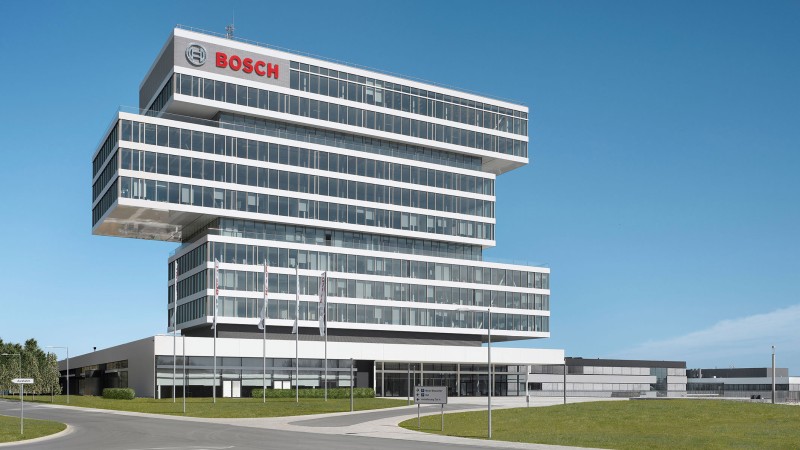Bosch Focuses on Braking Redundancy in Automated Driving
Without redundancy, there is no automated driving, according to Bosch.
The company notes that the “promise of automated driving requires a mix of technological, societal and regulatory development and cooperation. The technology continues to advance thanks to sensors and software, but also thanks to redundancy. In order to realize fully-automated driving on the path to the accident-free future, redundancy in safety-critical systems such as braking and steering is an absolute.”
For its part, Bosch is developing and bringing to market redundant braking solutions to support all levels of automation as defined by SAE.
“The importance of redundancy for the rollout of automated driving goes beyond just the technological function as it ultimately will build confidence in consumers as they understand these systems are designed with deep levels of complexity to handle a variety of situations,” said Mike Mansuetti, president of Bosch in North America.
SAE level 3 (conditional automation) vehicles will begin to hit the market as soon as 2018. For these vehicles, a human driver is still necessary, but safety-critical functions may be completely shifted to the vehicle under certain traffic or environmental conditions. Drivers must still remain present, but will need a certain amount of time to realize that an intervention is necessary.
Redundant functions ensure that all safety-critical functions continue during this time span, even in the rare case of a failure in the system. For SAE levels 4 and 5, the redundancy becomes even more critical as the time span increases without the driver in the loop.
Category: General Update, News










